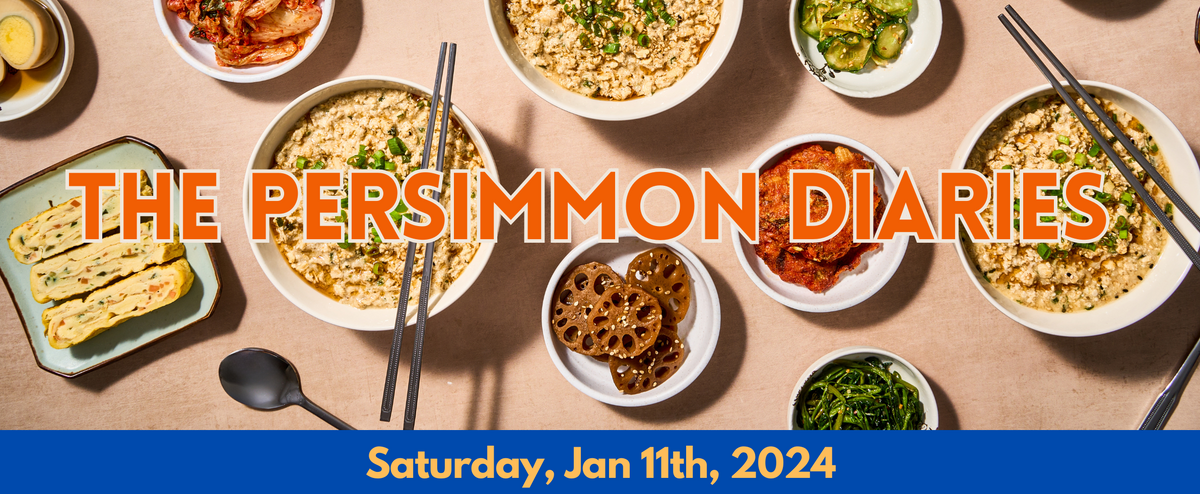Who Do We Want To Be?
We’re currently on a journey to define Gamsa and let’s just say it’s been a wild ride—fun, exciting, and at times, existential. Our brand values will be the foundation of Gamsa Foods, guiding every decision we make as a team. And while we love a good challenge, drilling down WHO we are, WHAT we want, and HOW we want to show up in the world has been…complicated.
One conversation, in particular, had us feeling all types of ways. Is Gamsa Foods a Korean, Korean American, or Korean-American food brand? Saying “no” to just Korean was easy. But when it came to Korean-American, that tiny hyphen felt bigger than we expected. Do we need a hyphen? Does it bring the two cultures together, or does it quietly divide them? Is it a bridge or a boundary? Is there even a difference between using a hyphen vs no hyphen?
Our three person team is Korean American, Mexican American, and Chinese American and we’ve always had to categorize ourselves. As self-proclaimed third culture kids, we’ve felt like we partially belong in multiple cultures but have never been fully embraced by one. And looking at that hyphen just further highlighted this fact: Korean-American, Mexican-American, Chinese-American. We weren’t fully Korean, Mexican, or Chinese because we were also American. The hyphen was literally subtracting part of our identity.
Our brand values may still be a work in progress but we’re proud to be Korean American.

Why Savory Oatmeal?
As we gear up for launch, we’ll take you "behind the scenes" of our major decisions at Gamsa. First things first. Regardless of which product we developed, we knew we needed at least a 60% margin. Why? Because staying in business requires more than just a delicious product. It means being able to survive the financial realities of the CPG (consumer packaged goods) industry! Hidden costs will pile up fast: fees to get on retail shelves, promotional fees, and distributor deductions (a common cause of death for brands). A strong margin ensures we can stomach these challenges and remain in business without always having to be reliant on a round of fundraising (RIP to brands like Haus, Akua).
We’ll be honest. We initially chose the breakfast category and savory oatmeal because of a gut feeling. However, we did pause to double check that it made sense too. We wanted a category that remained stale and had potential for growth. Had we remained within the International category with something like tteokbokki, we’d be looking at a sales velocity (AKA the parameter we’d be evaluated by category buyers at stores like Whole Foods) of 1-1.5 units per store per week. And that’s actually considered good for the International/Global Flavor aisle! We want to make waves, not ripples, in the food world and that just wasn’t it… With breakfast, we see a larger opportunity. The potential lifetime value of our customer is limitless once we’ve earned the privilege of being on their weekly grocery list.
From an operations standpoint, oatmeal and grains are lightweight, which translates to major savings on freight and parcel shipping. They’re also shelf-stable, so we’ll avoid refrigeration costs that could eat into our margins. Huzzah to ambient shipping and storage! Another win? Minimal processing! Our first product’s simplicity allowed us to tweak the recipe ourselves until we were ready for printed packaging with a nutritional label. Had we decided to go in a different direction, we would have had to outsource all R&D (more $$$$$) and likely been forced to delay our launch timeline significantly.
Here’s the real kicker: production doesn’t require cooking, only sourcing and assembly. This means we can confidently manage production in a commercial kitchen until we’re ready to onboard a co-packer in the future. Fewer moving parts, fewer headaches, and fewer chances of quality assurance issues. That’s what we call a recipe for success.







Leave a comment
This site is protected by hCaptcha and the hCaptcha Privacy Policy and Terms of Service apply.